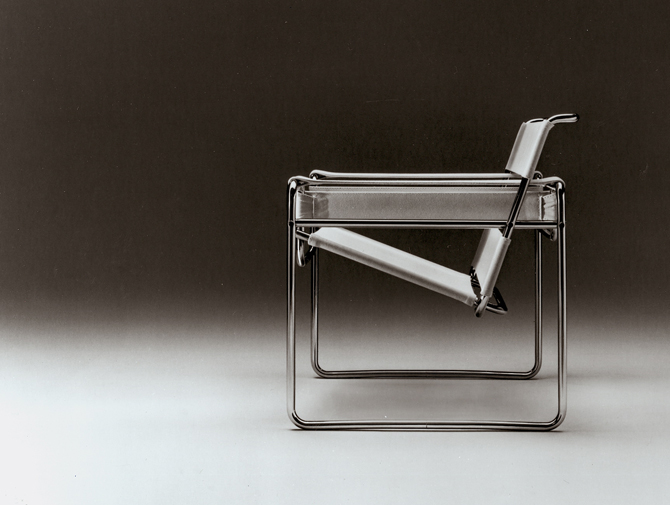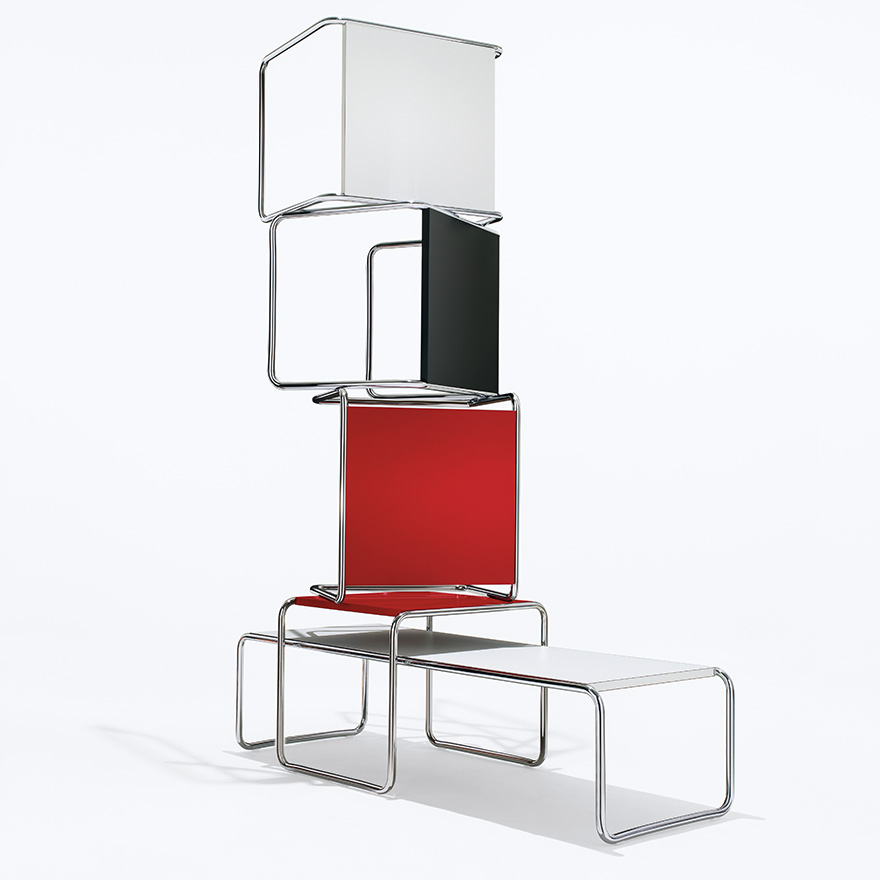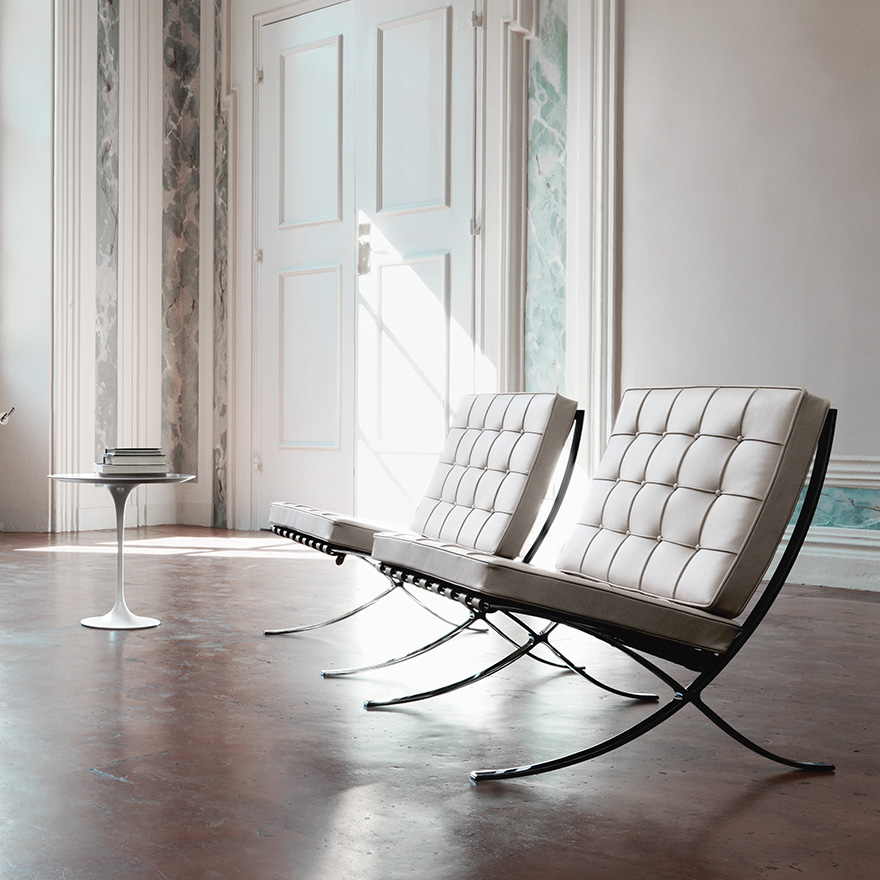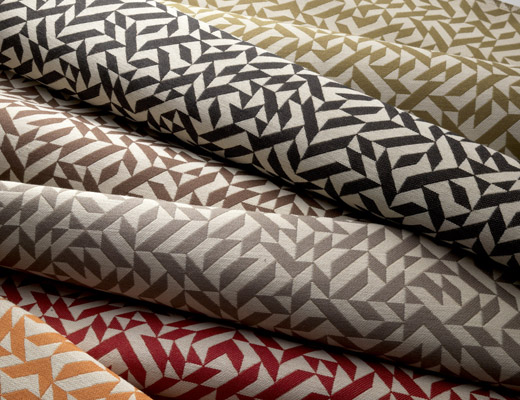2019 marks 100 years since the founding of Bauhaus – a revolutionary German art and design school that laid the foundation for Knoll to become the leader in American Modernism. Bauhaus was built on the principles of simplicity, functionality and boasted stunning designs rooted in geometric shape. Additionally, Bauhaus designers created with mass production in mind – lending itself perfectly to the growing commercial furniture industry.
In celebration of the movement’s 100th birthday, here are five Knoll pieces that are iconic to the movement.
Wassily Chair by Marcel Breuer, 1925
Inspired by the frame of a bicycle and influenced by the constructivist theories of the De Stjil movement, Marcel Breuer was still an apprentice at the Bauhaus when he reduced the classic club chair to its elemental lines and planes, forever changing the course of furniture design. via Knoll here

Brno Chair by Ludwig Mies van der Rohe, 1930
Designed by Mies van der Rohe in 1930 for his renowned Tugendhat House in Brno, Czech Republic, the Brno Chair reflects the groundbreaking simplicity of its original environment. The chair, an icon of 20th-century design, is celebrated for its lean profile, clean lines and meticulous attention to detail. via Knoll here

Laccio Tables by Marcel Breuer, 1925
Like his Wassily and Cesca chairs, Marcel Breuer’s Laccio Tables are critical to the story of 20th-century design. Breuer’s use of tubular steel to define lines in space—beautifully exhibited in these simple nesting tables—revolutionized furniture construction and inspired many subsequent generations of designers. via Knoll here

Barcelona Chair by Ludwig Mies van der Rohe, 1929
You didn’t think we’d leave this out, did you? One of the most recognized objects of the last century, and an icon of the modern movement, the Barcelona Chair exudes a simple elegance that epitomizes Mies van der Rohe’s most famous maxim–“less is more.” Each Barcelona piece is a tribute to the marriage of modern design and exceptional craftsmanship. via Knoll here

Eclat Weave by Anni Albers, 1976
A little less known than her male Bauhaus counterparts, Albers was one of the leading textile designers and weavers of the 20th century. After developing a new interest for print making in the 1960s, Albers developed Eclat, a random assortment of small parallelograms arranged on the diagonal. This print has a special place in the hearts of RJE-ers, as it is a primary print used in our brand. via Knoll here

For more information on Bauhaus and how it shaped Knoll, click here.


